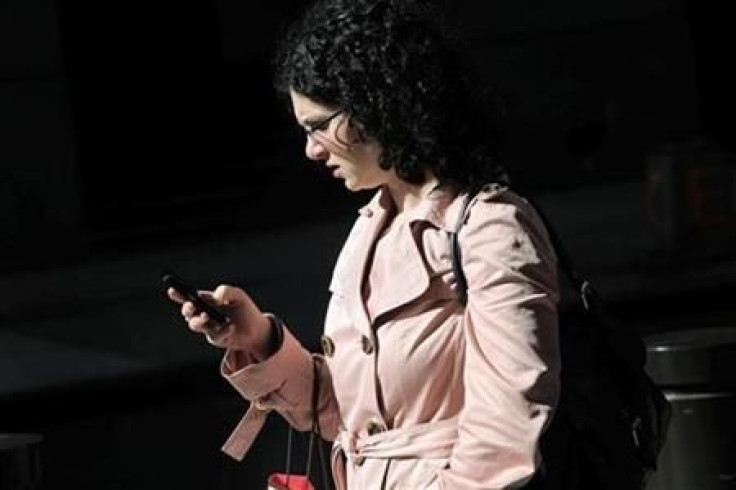Health apps: the next big thing in smartphone wave

Five hundred million of a total of 1.4 billion smartphone users will be using mobile health applications in 2015, a report said.
The report from Berlin-based research2guidance found that both healthcare providers and consumers are embracing smartphones as a means for improving healthcare.
Our findings indicate that the long-expected mobile revolution in healthcare is set to happen, Ralf-Gordon Jahns of research2guidance said.
Cell phones can be used to save the lives of mothers in childbirth, and improve the care of newborns and children, reaching underserved populations in remote areas. Advanced mobile technology can do even more, such as checking on patients, keeping records, improving diagnosis and treatment in the field.
With mobile technologies for health, called 'mhealth' or 'mobile health,' we're extending capabilities to where they don't exist today, says David Aylward, who heads mHealth Alliance, a partnership founded by the United Nations Foundation, the Rockefeller Foundation and the Vodafone Foundation.
Cell phones can be attached to diagnostic devices, including those used for remote fetal monitoring or remote wireless ultrasound. This lets a midwife or health worker know in advance that a mother must get to a clinic.
They can also be used for recording births and deaths or assuring that both women and children get the care they need when and where they need it.
In one pilot project in Aceh Besar, Indonesia, a group of midwives was provided with mobile phones, who found them a basic necessity. They reported an increase in patient load because they could be contacted so easily. They also found they could get advice and information more readily, especially during emergencies, and could refer patients to the hospital when needed.
Midwives were able to consult patients more often and provide a regular check of their condition, then enter the information into the patient's record, which could be updated and accessed via the mobile phone.
In the near future, wireless diagnostics like stethoscopes, blood pressure, temperature and insulin monitors, and ultrasounds will enable remote diagnosis and treatment far from the closest doctor or clinic, said Aylward.
Things have changed rapidly since 2005, when the idea of using cell phones to improve health care for mothers, infants and children wasn't feasible.
Seventy percent of the world's 5 billion cell phone subscribers are in the developing world. Today almost 90 percent of the world's population has access to a wireless telephone signal. In India alone, 33 percent of people living in villages have mobile phones. About three quarters of mobile phone users have texting capability and features such as GPS that can pinpoint their location.
With the growing sophistication level of mHealth applications, only 14 percent of the total market revenue in the next 5 years will come from application download revenue, said Egle Mikalajunaite, Senior Research Analyst. 76 percent of total mHealth application market revenue will come from related services and products such as sensors.
© Copyright IBTimes 2024. All rights reserved.











